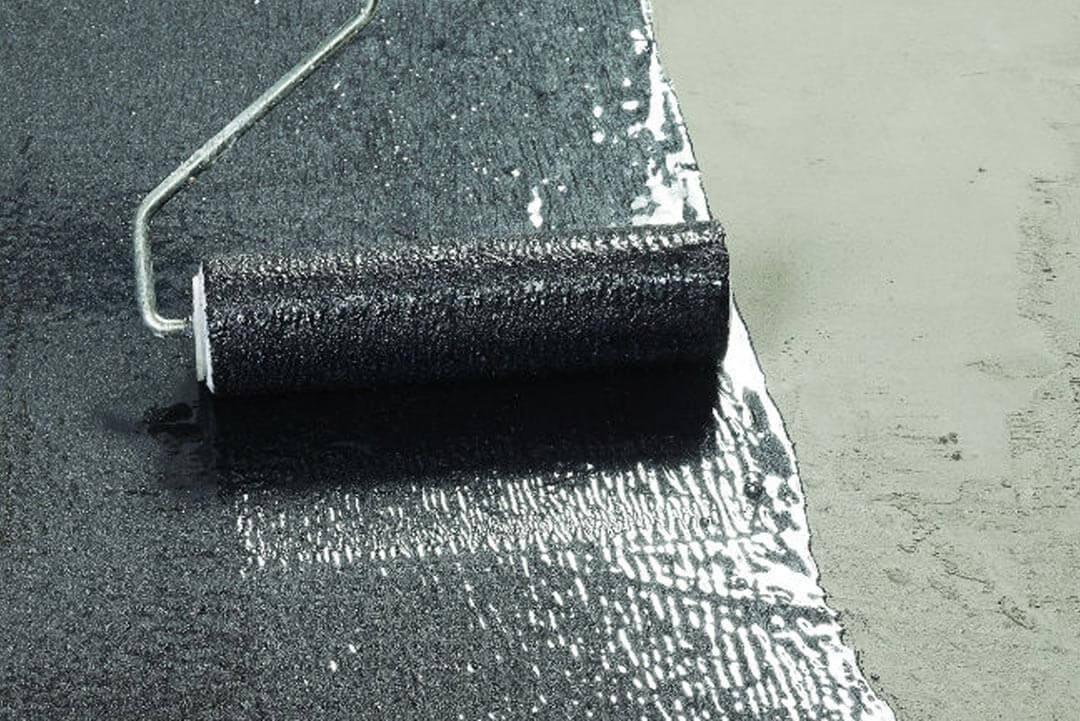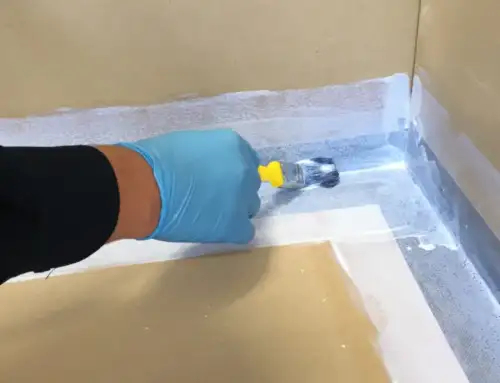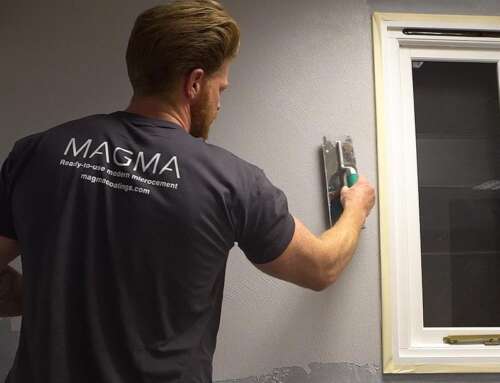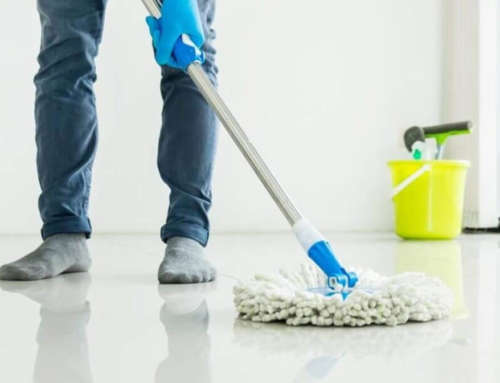Moisture (damp) from the substrate is one of the main reasons for failures in the flooring industry, and the British Standards BS 8203, 8204 and BS 5385 explain what affect moisture can have on these installations and how to test. There are essentially two types of moisture that need to be controlled:
- DPMs control moisture coming from the ground
- MVS’ control residual construction moisture coming from wet products that have been recently used, such as concrete or screeds.
Before moisture-sensitive materials are laid, the substrate must have an effective functioning DPM and be measured at less than 75% Relative Humidity (RH).
Typically, a structural DPM is a waterproof sheet membrane that sits underneath the substrate but can also be installed on top of a concrete slab underneath a screed. Alternatively, liquid DPM solutions based on reaction resin systems which can be applied on top of the substrate to control moisture up to 98% RH.
In fact, the legal requirement to build using a structural DPM did not become law until the 1960s, so, typically for properties built before the 1970s we recommend that an epoxy-based DPM should be used on the ground floor to control moisture coming from the ground.
An MVS, is a moisture vapour suppressant that is used on floors, usually concrete or cement-based screeds with up to 95% RH. To use an MVS, there must be a fully functioning structural DPM in place, as the MVS is not designed to prevent moisture ingress from underneath the construction which may exceed 95% RH, and potentially bring soluble salts to the surface, rather it slowly controls the passage of residual construction moisture.
If there is actually liquid water coming from the substrate, for example because of a high water table, or an underground watercourse, DPM and MVS solutions are not suitable as they are not designed to resist hydrostatic pressure.
In some cases, alternative products can use used such as ARDEX WPM 200, however, advise should be obtained from specialist.
Note: A DPC is a Damp-Proof Course, and is installed in walls when laying bricks, stone or blocks to stop ground moisture rising up the walls (rising damp).






